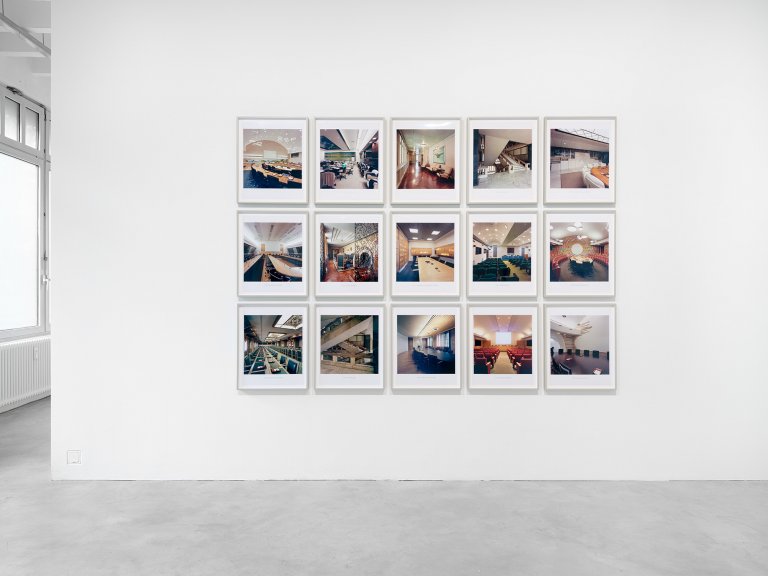
Installation view
Timm Rautert »die welt | und | die spiegel«
Berlin, September 06, 2025 - October 25, 2025
Opening: September 5, 6 – 8 PM
Artist talk and book presentation of Weltraum: September 20, 4 PM
Timm Rautert in conversation with Dr. Bertram Kaschek (Staatsgalerie Stuttgart)
For five decades, Timm Rautert has shaped how we perceive photography, exploring its possibilities and limits. His series Bildanalytische Photographie (“Image-Analytical Photography”), begun in 1968, is considered groundbreaking for its radical exploration of the medium’s fundamental grammar. Early on, Rautert moved away from the notion of photography as solely mimetic, revealing the medium’s inherent ability to construct reality. His first solo exhibition at Galerie Nordenhake – and his first in Berlin – presents the important German photographer in a more comprehensive manner, featuring two current series, an installation, and several key works from the 1970s.
In Weltraum (“Space”, 2014/2015) the depicted architecture emerges as the main protagonist. Rautert’s photographs allow us to wander through a building devoid of people, past conference halls and meeting rooms that range from opulent to austere, as well as monumental staircases. At the same time, we encounter a site of changing significance: the current headquarters of the United Nations’ Food and Agriculture Organization (FAO) in Rome was originally designed as the Italian colonial administration building. Construction stopped when Italy entered World War II and only resumed in the 1950s, now as the FAO headquarters.
With Weltraum, the artist explores not only the complex history of this historically charged building but also the strategies of self-representation embedded in its architecture. Constructed in a fascist style, the various rooms were decorated individually by the member states of the UN’s oldest and largest organization. By documenting these national stagings, Rautert also makes a fundamental statement about the nature of photography: as in his Image-Analytical Photography series, he demonstrates how reality is shaped and conveyed through photographic means. In doing so, he engages with the reflection on the construction of nations, history, and identity as a theme inherent to the medium itself.
In the series Manhattan Mirror (2012), architecture again becomes the key presence. People appear, but never at the center of the composition, rendering them symbols of bustling urban life. Rautert shows the city through its reflections: the skyscrapers of New York, a metropolis that played an early and central role in the artist’s work, become collaged fragments of an opaque, alienated city. This perspective also invites critical readings of urban change. The images are grouped and, in some cases, displayed with mirrors and artificial stones on shelves, creating a dialogue between the depicted architecture and the viewers themselves.
The installation Vier Spiegel und ein Stein (“Four Mirrors and a Stone”, 2024) consists of a single stone positioned at the center of the room, surrounded by four mirrors and their reflections. While the stone appears in the real mirrors, it vanishes in the photographs. The surfaces of the photographed mirrors appear as uniform, monochrome surfaces, incapable of reflecting the world. The installation references a quote from Malcolm Lowry’s novel Under the Volcano: “He would have been glad of a mirror to ask himself that question. But here was no mirror. Nothing but stone.” Like in Manhattan Mirror, Rautert creates a striking, almost poststructuralist juxtaposition of the signified and the signifier, between what is constructed and its origin, rethinking photography as a mediator between these categories.
Early on, in his Image-Analytical Photography (1968–1974) and the partially exhibited series Deutsche in Uniform (“Germans in Uniform”, 1974) – where he portrays different professional groups in their uniforms – Rautert understands photography as an intellectual process. It interrogates the relationship between the depicted and reality while simultaneously making critical statements about our present. The power of Rautert’s photography lies in its ability to reveal reality’s fractured reflections, always resisting a final, conclusive truth.
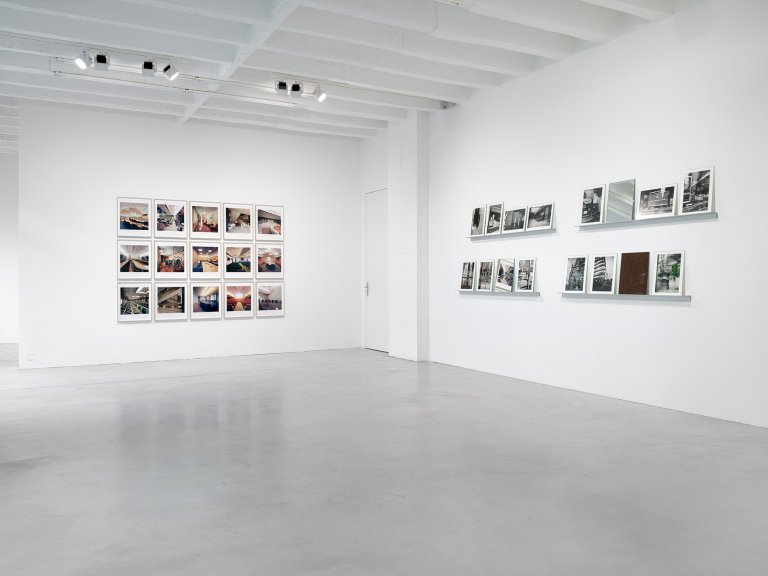
Installation view

Installation view
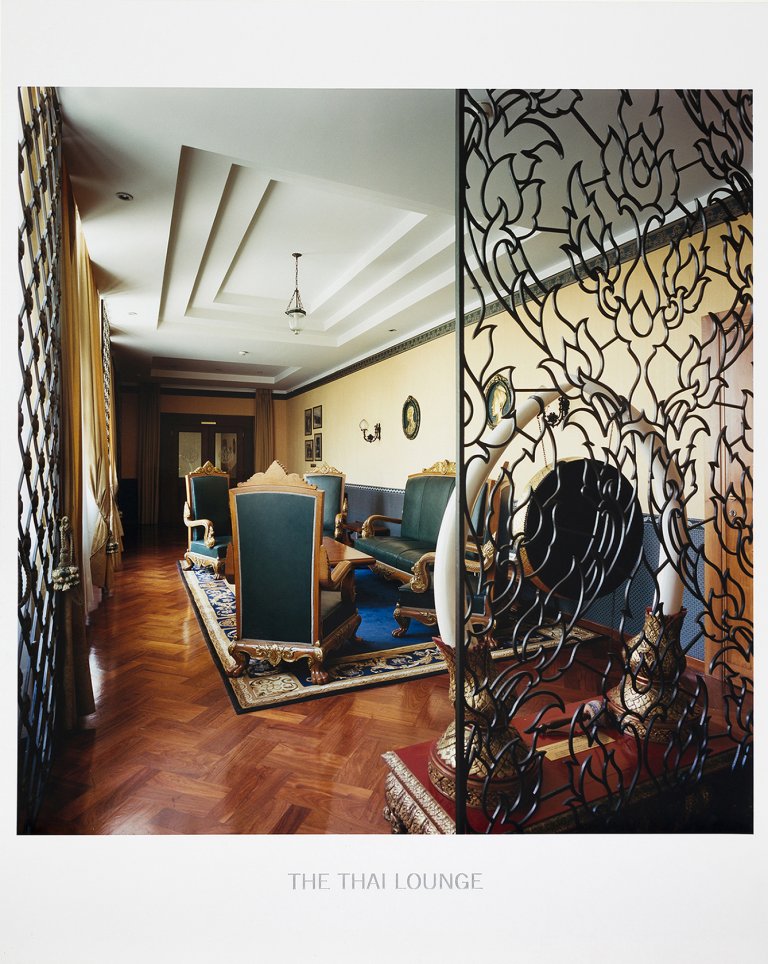
Food and Agriculture Organization of the UN, The Thai Lounge, from the series Weltraum, Rome, 2014/2015, C-print, 50.8 x 40.6 cm
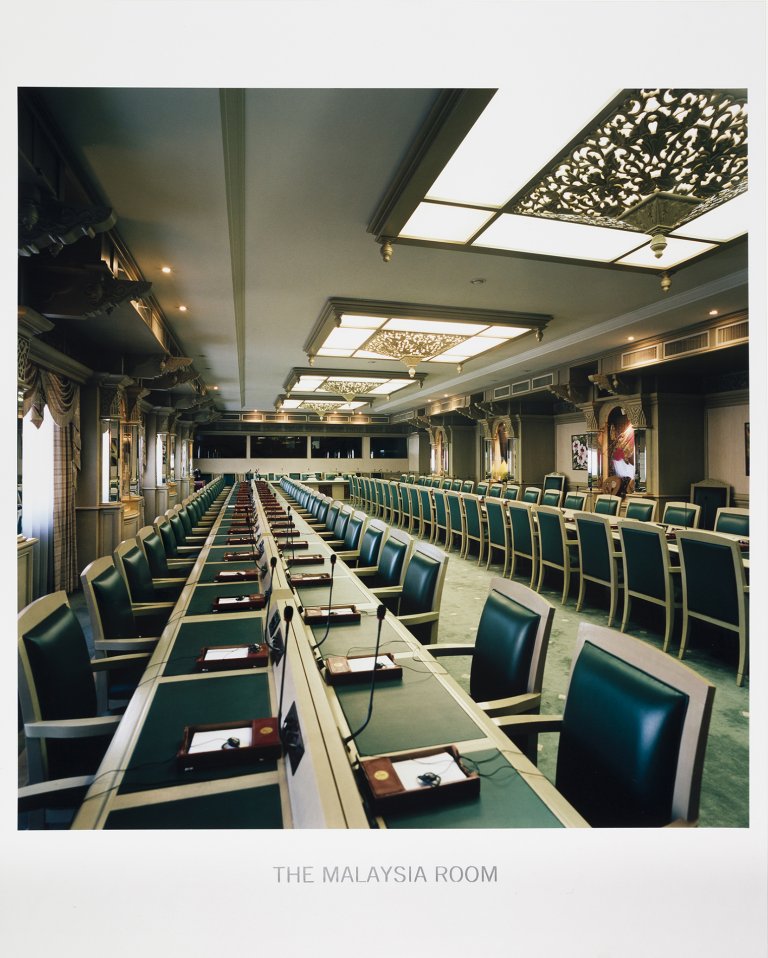
Food and Agriculture Organization of the UN, The Malaysia Room, from the series Weltraum, Rome, 2014/2015, C-print, 50.8 x 40.6 cm
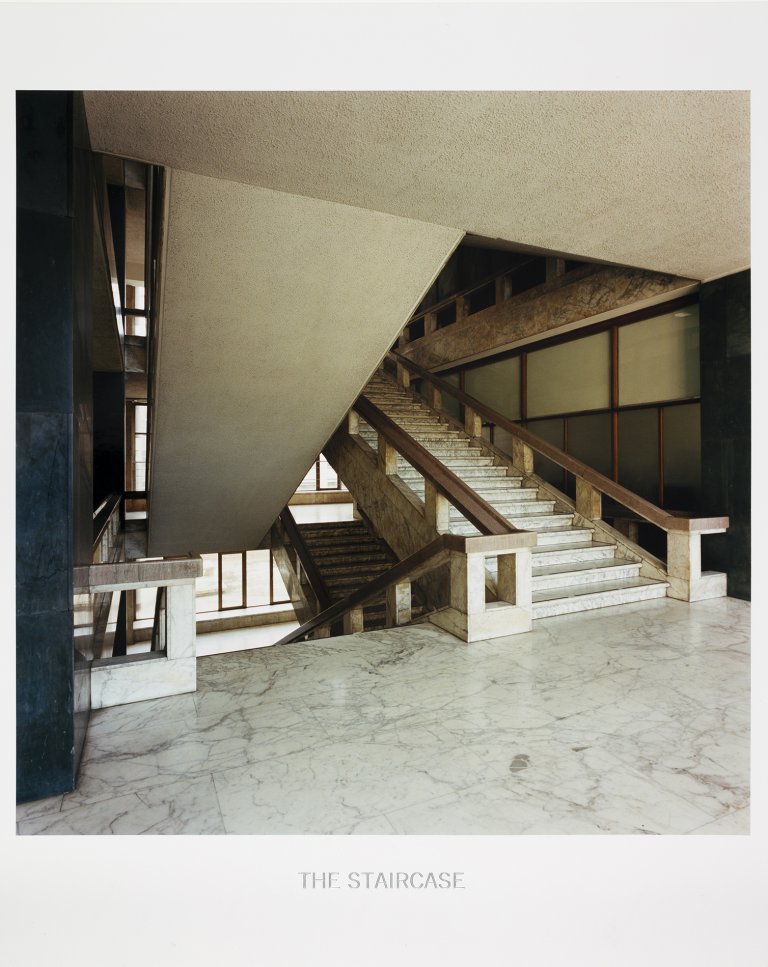
Food and Agriculture Organization of the UN, The Finnish Forestry Room, from the series Weltraum, Rome, 2014/2015, C-print, 50.8 x 40.6 cm
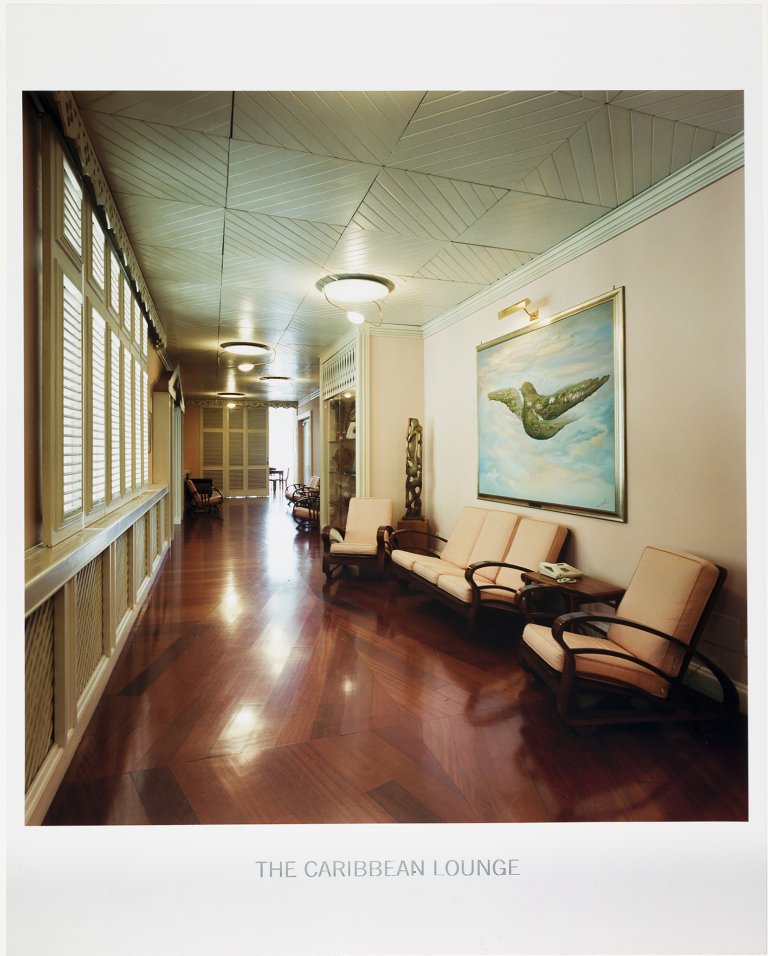
Food and Agriculture Organization of the UN, The Finnish Forestry Room, from the series Weltraum, Rome, 2014/2015, C-print, 50.8 x 40.6 cm
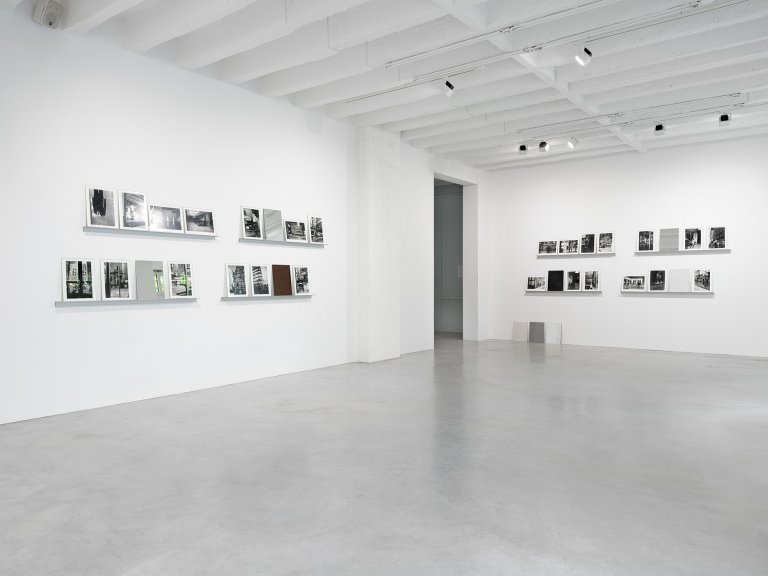
Installation view

Installation view
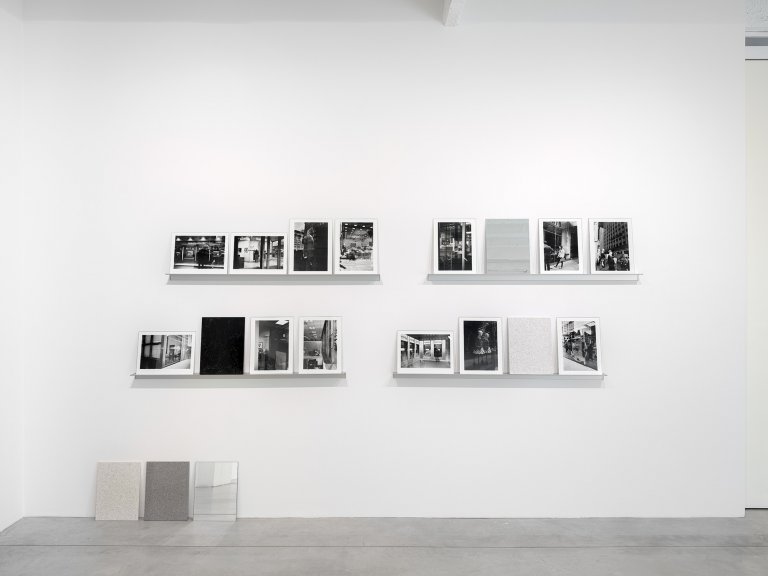
Installation view with Board V from the series Manhattan Mirror, 2012, mixed media with 4 framed gelatin silver bromide prints and aluminium shelf, each 35.4 x 24.1 cm, framed 40.5 x 30.5 cm
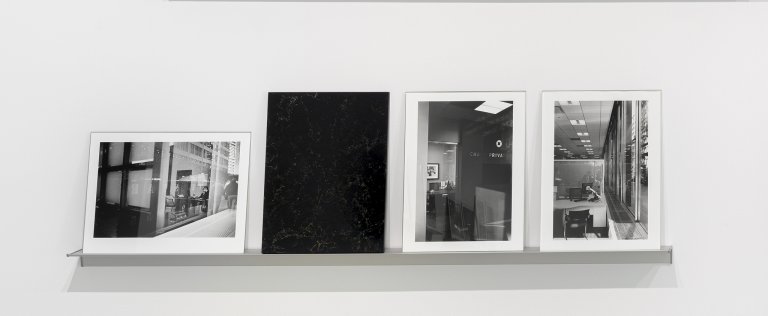
Board III, from the series Manhattan Mirror, 2012 mixed media with gelatin silver bromide prints and aluminium shelf each print 40.5 x 30.5 cm
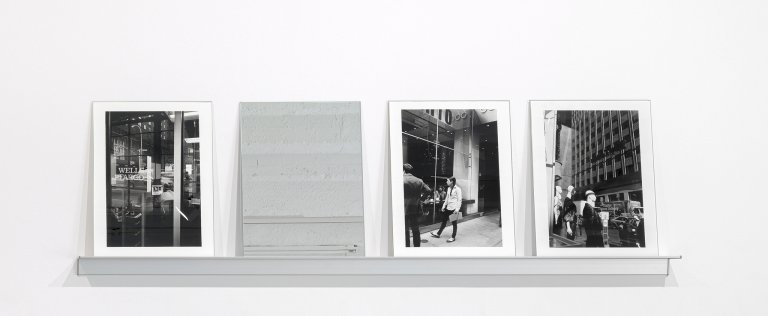
Board II, from the series Manhattan Mirror, 2012 mixed media with gelatin silver bromide prints and aluminium shelf each print 40.5 x 30.5 cm

Board IV, from the series Manhattan Mirror, 2012 mixed media with gelatin silver bromide prints and aluminium shelf each print 40.5 x 30.5 cm
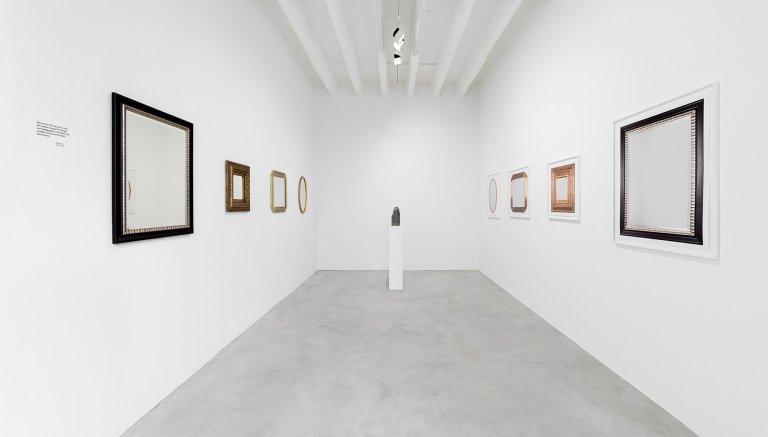
Installation view with Vier Spiegel und ein Stein, 2024, installation with 4 framed archival pigment prints, 4 mirrors, stone, wall text, variable dimensions
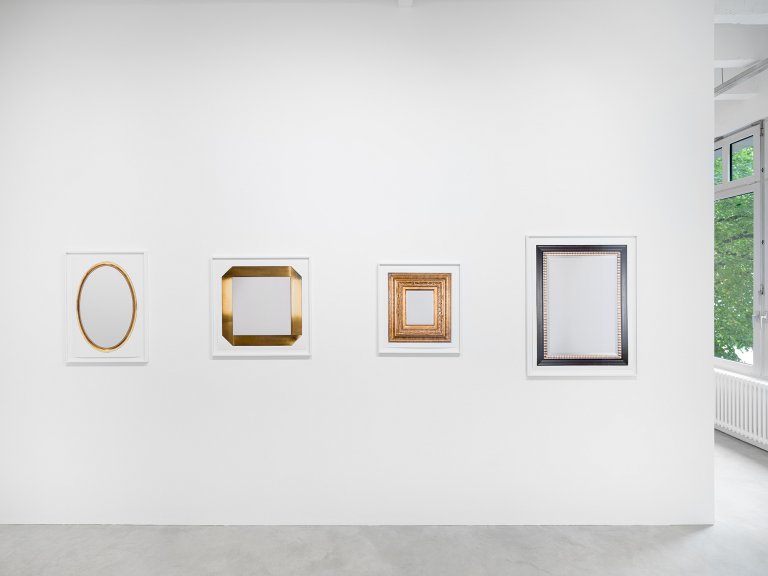
Vier Spiegel und ein Stein, 2024, installation with 4 framed archival pigment prints, 4 mirrors, stone, wall text, variable dimensions, detail
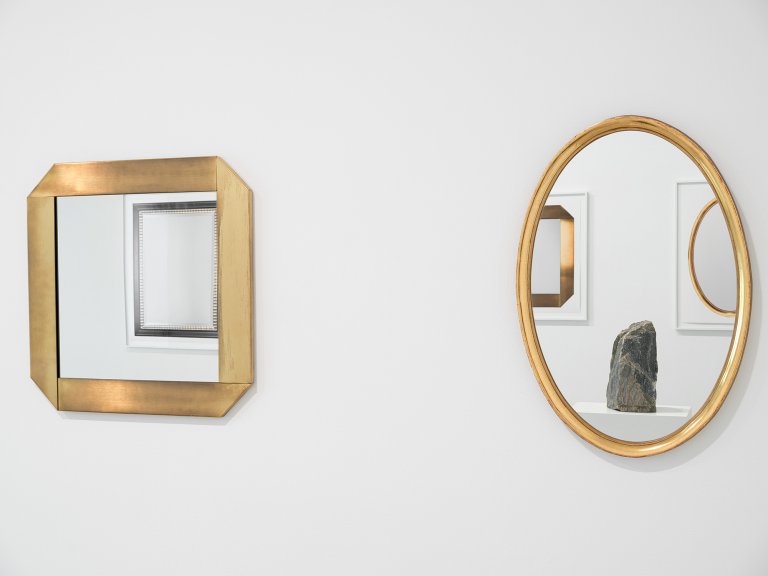
Vier Spiegel und ein Stein, 2024, installation with 4 framed archival pigment prints, 4 mirrors, stone, wall text, variable dimensions, detail